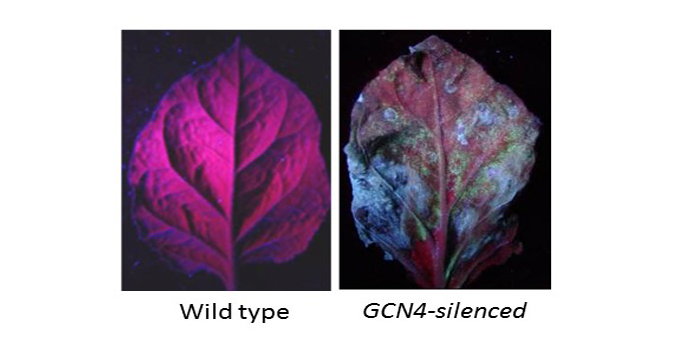
How Plants Keep Troublemakers Out and Water In
Research, The Plant Cell, The Plant Cell: In a NutshellKaundal et al. examine how a protein keeps plants safe from invading pathogens and dehydration http://www.plantcell.org/content/29/9/2233
By Amita Kaundal, Vemanna S. Ramu, Kirankumar S. Mysore
Background: To cause disease in plants, bacteria must enter plant tissue and multiply. Bacteria and…
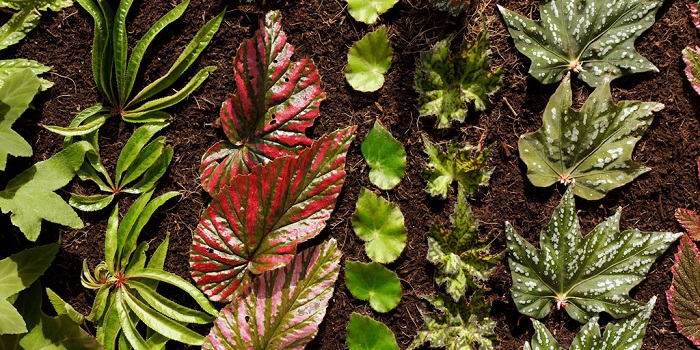
The role of botanical gardens in species conservation
Blog, Plant Science Research Weekly, Research, Research BlogBotanical gardens are sanctuaries where plant diversity is celebrated, conserved, studied, and shared. As more species are put under pressure from anthropogenic activities, the importance of botanical gardens in preserving and protecting threatened species is increasing. A recent study on the role of…

Photosynthesis in Desert Plants: It’s About Time
Research, The Plant Cell, The Plant Cell: In a NutshellBoxall et al. investigate CAM photosynthesis in Kalanchoë fedtschenkoi The Plant Cell (2017). https://doi.org/10.1105/tpc.17.00301
Background: During photosynthesis, most plants use the enzyme Rubisco to capture CO2 during the day. Crassulacean acid metabolism (CAM) plants such as prickly pears,…
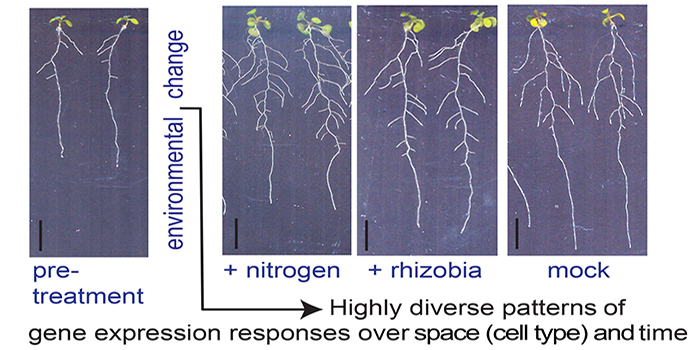
Space-Time Continuum of Gene Expression in Lateral Root Development
Research, The Plant Cell, The Plant Cell: In a NutshellWalker et al. explore how the environment shapes root architecture. The Plant Cell 2017. https://doi.org/10.1105/tpc.16.00961
By Liam Walker
Background: To acquire nutrients and anchor themselves, plant roots spread both vertically and horizontally in soil. Plants typically have a primary root…
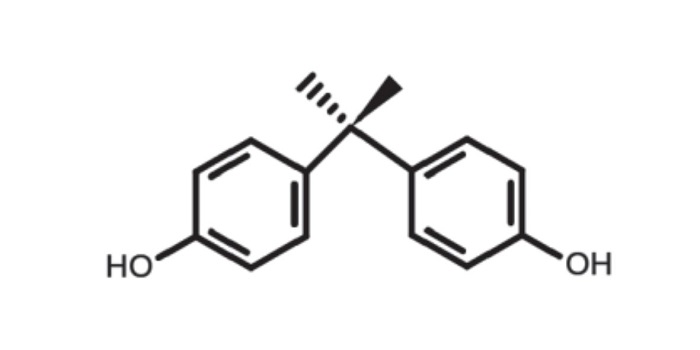
The effect of bisphenol A on growth, pigment composition and photosystem II activity of Arabidopsis thaliana
Blog, Plant Science Research Weekly, Research, Research BlogMany of the plastic consumables we have at home contain synthetic chemical BPA (Bisphenol A). In 1930, a UK scientist discovered that BPA weakly mimics the human hormone estrogen. It has also been found that tiny amount of BPA can leach out of plastic (Stanford University). Thus, there has been a heightened…
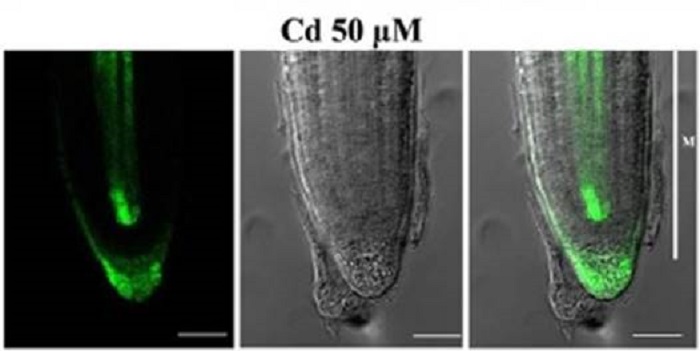
In Arabidopsis thaliana cadmium affects growth of the primary root by altering SCR expression and auxin-cytokinin crosstalk
Blog, Plant Science Research Weekly, Research, Research BlogCadmium is a toxic metal in our environment. Bruno et al. explored cadmium-mediated root-growth inhibition using the model plant Arabidopsis thaliana. Cadmium affects root growth longitudinally by reducing root meristem cell number and radially by controlling the number and width of stele cells. The…

Production of low-Cs+ rice plants by inactivation of the K+ transporter OsHAK1 with the CRISPR-Cas system
Blog, Plant Science Research Weekly, Research, Research BlogNuclear accidents in recent years such as the Fukushima incident during the tsunami in 2011 revealed the detrimental effects of leaked radioactive cesium (Cs) in environmental soil and water. Due to Cs's chemical similarity with potassium, an essential macronutrient for plants, cesium is taken up by…

Temperature increase reduces global yields of major crops in four independent estimates ($)
Blog, Plant Science Research Weekly, Research, Research Blog0 Comments
/
Although future negative impacts on crop yields expected from rising temperature are well known to plant scientists, there are still some members of the broader public that need to be made aware of this problem. Zhao et al. combined four different methods of assessing the impact of increasing temperatures…

Forum: Carbon concentration in algae: Reducing CO2 from exhaust gas ($)
Blog, Plant Science Research Weekly, Research, Research BlogElectricity-generating power plant produce CO2, and industrial and household waste water contains inorganic nutrients that can pollute waterways. What if both of these pollutants could be put to good use, for example in a growth medium for biofuel-producing algae? Ghosh and Kirin describe the feasibility…

